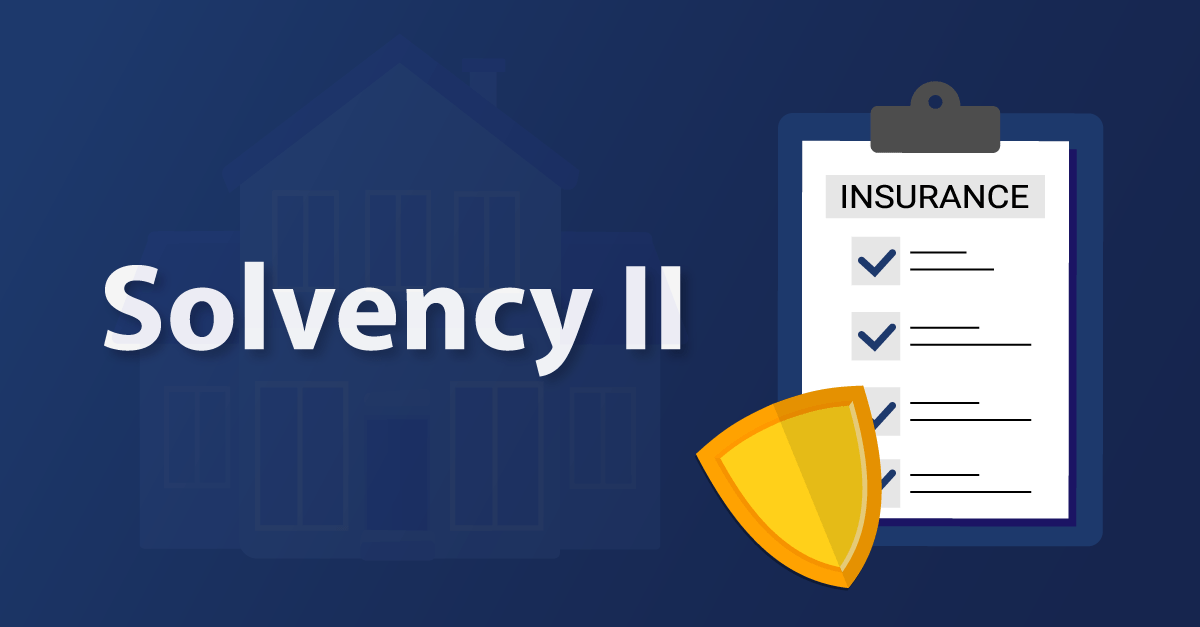Solvency II Compliance Starts with Trust: Why Analytics Governance Is Non-Negotiable

What is the Solvency II Compliance Regulation?
Solvency II is a robust regulatory framework designed for insurance and reinsurance companies. Initially introduced in 2016 in the European Union, it is now considered a global standard with the primary aim of ensuring that these companies remain financially stable and capable of fulfilling their commitments to policyholders.
Why is Analytics Governance Essential for Solvency II Compliance?
Solvency II is not just a regulatory capital structure—it also serves as a governance mandate. For insurers, compliance depends heavily on demonstrating that the data used in risk models and regulatory reporting is accurate, complete, and recent. Without robust Analytics Governance, meeting these standards is nearly impossible. This emphasis on governance is embedded in Pillar 2 of the Solvency II regulation, which focuses on internal controls, risk management, and supervisory oversight.
Solvency II Requirements
Data quality requirements are explicitly explained in several key articles of the Solvency II regulation:
- Article 48: Requires insurers to have an effective actuarial function that assesses the sufficiency and quality of data used in technical provisions.
- Article 82: Mandates internal processes to ensure the appropriateness, completeness, and accuracy of data.
- Article 104: Supervisors must verify the quality of data used in Solvency Capital Requirement (SCR) calculations.
- Article 121: Internal models must be based on accurate, complete, and appropriate data.
- Article 124: The model validation process must include a data quality assessment.
These requirements are not suggestions, but enforceable standards that every insurance company should abide by.
The Role of Analytics Governance in Solvency II Compliance
So, where does Analytics Governance play a part in this? Implementing an Analytics Governance framework by leveraging Wiiisdom solutions directly supports Solvency II compliance. Here I’ll explain how:
Automated Certification of Regulatory Reports
Wiiisdom’s automated and dynamic certification capability ensures that dashboards, reports, and data sources used in regulatory audits are not only certified but backed by accurate and recent data. The visual label on BI content prevents outdated or incorrect information from reaching regulators and supports an organization’s Solvency II audit-readiness.
Lifecycle Management of Analytical Assets
Solvency II expects insurance companies to control how data and models evolve. With our Lifecycle Management solutions, we help organizations enforce governance checkpoints before dashboards, reports, or models go live, ensuring:
- Only validated content reaches production.
- Version control and audit trails are maintained.
- Stakeholders only have access to the most recent validated analytical assets.
Data Quality Validation and Reconciliation
By continuously checking the integrity of your data sources and metrics across your BI & Analytics platform, you can be notified of any broken connections, unexpected changes in KPIs, and inconsistencies that could compromise your regulatory reporting.
Predictive Monitoring of your Platform
Wiiisdom also helps insurers maintain a healthy and performant BI & Analytics platform by continuously monitoring usage, performance, and design complexity. It applies intelligent scoring and automated triage to surface high-footprint dashboards, noisy neighbors, and underused assets, before they impact performance or inflate costs. For insurers, this means proactively detecting anomalies in claims data, preventing reporting failures, and ensuring regulatory dashboards remain accurate and audit-ready.
Auditability and Traceability
To be fully compliant with Solvency II, insurers must provide full visibility and accountability of their reporting. Wiiisdom provides version control capabilities so every change is documented in audit-ready reports, and any mistakes can be undone quickly so you can get the business back on track.
Imagine you’re preparing your organization’s quarterly Solvency Capital Requirement (SCR) report with Tableau or Power BI. Without Analytics Governance, a last-minute change to a risk dashboard could go unnoticed, leading to incorrect capital calculations. With Wiiisdom, that change would be flagged, reviewed, and either approved or rolled back, ensuring the report remains compliant.
Ready to be Solvency II compliant?
It’s not enough to report on the right numbers—it’s about reporting on numbers that are accurate and trustworthy. Analytics Governance provides insurers the control they need to meet the regulatory requirements of Solvency II with confidence.
Is your organization subject to Solvency II compliance? Get in touch with us today so we can show you the best Analytics Governance strategy for you.

